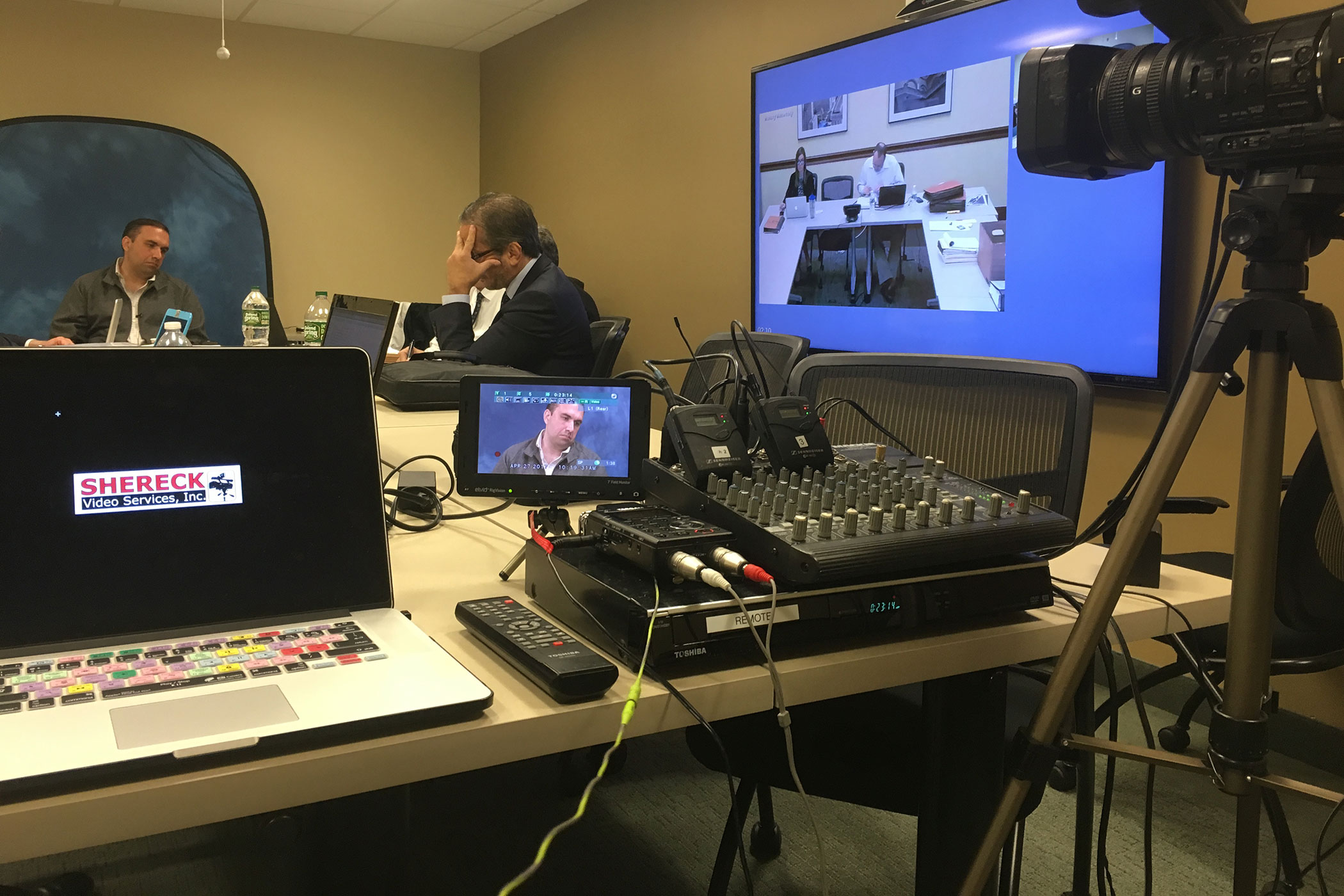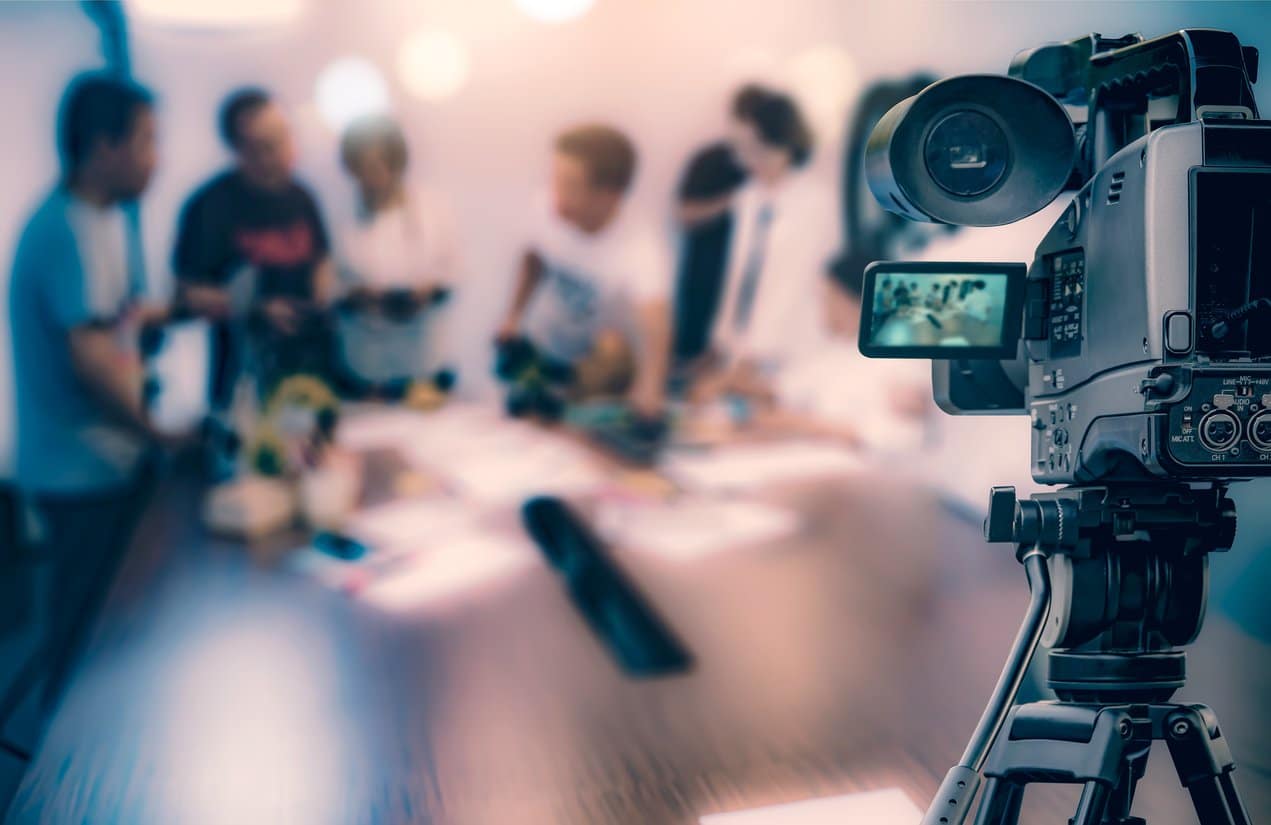How Legal Videography Supports in Preserving Vital Evidence for Litigation
Wiki Article
Why Legal Videography Is Important for Accurate Court Recordings
The function of legal videography in courtroom settings can not be overstated, as it functions as an important tool for protecting the stability of court records. By capturing both verbal and non-verbal communication, it boosts the quality of witness testimonies and reflects the nuances of court interactions. This extensive documentation not only help in decreasing potential misunderstandings but likewise sustains appellate reviews, thus strengthening the judicial process. However, the ramifications of incorporating lawful videography right into basic court room methods elevate important concerns about its wider impact on the legal system. What might these implications entail?Significance of Visual Proof
In the world of lawful proceedings, the value of aesthetic evidence can not be overemphasized. Visual evidence acts as an effective tool in establishing truths, affirming statements, and boosting the total clarity of a situation. This sort of proof, which consists of pictures, video clips, and diagrams, can provide a concrete context that verbal descriptions often lack, thus providing juries and courts a more clear understanding of the circumstances surrounding a case.Moreover, visual evidence aids in the retention of information. Human cognition is inherently visual, and individuals are much more likely to keep in mind and comprehend information presented in a visual format. In the courtroom, this can be important, as compelling visual evidence can persuade opinions and reinforce the narrative offered by lawful reps.
In addition, the usage of aesthetic proof can decrease misconceptions and obscurities that usually emerge from spoken exchanges. By giving a straight depiction of events, visual evidence helps to eliminate subjective analyses and cultivates a much more objective examination of the realities. The integration of aesthetic proof into lawful procedures not just strengthens the integrity of the judicial process however additionally boosts the chance of attaining a simply outcome.
Recording Non-Verbal Hints
Using advanced videography methods can substantially enhance the capture of non-verbal hints throughout legal process. Non-verbal interaction, consisting of facial expressions, body movement, and eye contact, plays a crucial function in conveying emotions and purposes that may not be clearly stated in spoken testament. legal videography. Legal videography utilizes high-def video cameras and critical angles to guarantee that these refined signs are recorded with clearness and accuracyThe ability to examine non-verbal actions can provide useful context to declarations made during court sessions. As an example, a witness's reluctance or confidence can be translated via their posture or gestures, possibly affecting the court's assumption of reputation. Furthermore, using close-up shots can assist concentrate on an audio speaker's expressions, permitting a much more nuanced understanding of the testament.
In addition, incorporating several cam angles can produce a thorough view of communications, highlighting characteristics in between parties entailed. This multifaceted strategy not just boosts the precision of the court record but additionally aids in maintaining the honesty of the judicial process - legal videography. Ultimately, recording non-verbal cues through lawful videography promotes a richer, extra complete representation of courtroom procedures

Enhancing Testimony Integrity
The integrity of testament can be considerably bolstered with the use of high-quality legal videography. Video clip recordings function as an unbiased medium that records not only the spoken words of witnesses however additionally the subtleties of their delivery, consisting of tone, pacing, and psychological expressiveness. This multifaceted documents gives a clearer understanding of the witness's credibility and intents, which can be pivotal in lawful proceedings.Moreover, legal videography decreases the possibility for misinterpretations that might emerge from written transcripts alone. When jurors can observe a witness's temperament and body language combined with their testimony, they are much better geared up to assess the credibility and reliability of the proof presented. This visual context can enhance the testimonial story, making it much more compelling and reputable.
In addition, he said the presence of a video recording can deter possible variances in testament. Witnesses might be much more careful in their statements when they know they are being recorded, resulting in more accurate and honest accounts. On the whole, high-grade lawful videography boosts the honesty of testament, ensuring that the court has access to a full and truthful depiction of the facts as shared by the witnesses.
Sustaining Appeals and Reviews
Legal videography plays a critical function in sustaining allures and testimonials by giving an extensive aesthetic record of courtroom process. This aesthetic documentation catches not just the spoken words of witnesses and lawyers yet likewise the nuances of body movement, tone of voice, and court room characteristics. Such elements can be critical in comprehending the context of testaments and debates presented.In the appellate procedure, where the focus gets on errors of law and procedural fairness, a video clip document can function as a vital device for appellate courts. It allows courts to examine the initial trial context, guaranteeing that decisions are based on a complete understanding of the process. The ability to aesthetically assess the behavior of witnesses or the interactions in between celebrations can disclose understandings that written records might ignore.

In addition, legal videography can aid in making clear ambiguities in testaments or procedural judgments, thus reinforcing the basis for an appeal. By supplying a trusted, objective account of what taken place in court, legal videography not only sustains the integrity of the lawful procedure however additionally encourages all events involved to make informed choices regarding their situations.
Simplifying Court Room Processes
Enhancing court efficiency, lawful videography streamlines processes by supplying prompt accessibility to aesthetic documents of proceedings. This innovation enables courts, attorneys, and juries to review essential testimony and evidence, guaranteeing that all celebrations have a clear understanding of the situation. By catching the subtleties of spoken and non-verbal interaction, videography enriches the document, making it less complicated to realize the context and weight of testimonies.
Furthermore, video recordings can assist in remote participation in hearings, enabling higher adaptability in scheduling and engagement, which is especially important in intricate situations involving several stakeholders.
Conclusion
To conclude, legal videography plays a vital function in making sure precise court recordings by giving necessary visual proof that captures both spoken and non-verbal communication. This method enhances the dependability of testaments, supports appellate testimonials, and enhances courtroom processes. By cultivating an extensive understanding of check this site out court room dynamics, legal videography ultimately adds to a lot more fair judicial results, enhancing the honesty of the legal system and assisting in informed decision-making.Report this wiki page